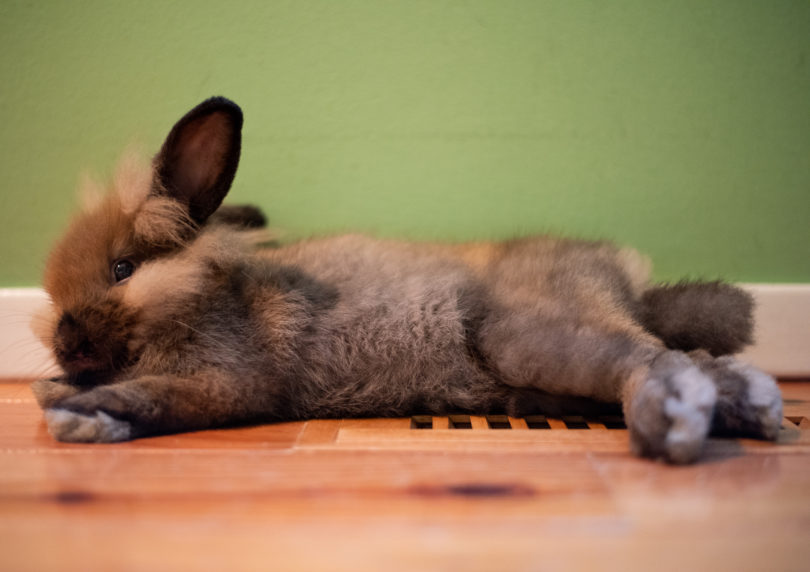When spring and Easter roll around each year, rabbits suddenly become a popular pet choice. Sadly, however, many quickly become abandoned or injured because the owners did not take the time to learn how to properly care for them before bringing them home as pets. Here are a few helpful hints for taking care of your house rabbit pet.
Pet rabbits require more than to be stored in a cage and handed food. They require great personal care and grooming, proper handling, and good nutrition. Before taking one on as a pet first ask yourself:
- Is my home a safe environment for a rabbit, for instance, do I already have a dog or a cat that may pose harm to the rabbit?
- How much will it cost to care for the rabbit long term?
- Do I have the time needed to invest in caring for a new rabbit?
- What supplies are needed?
Rabbits are very affectionate but can become aggressive or even destructive if they feel threatened or are not handled properly. When introducing a pet rabbit to a small child, the child should be reminded that the animal is not a toy and even the smallest mishandling could prove to be fatal as their backbones are delicate.
Since the rabbit is most likely going to be in a cage for several hours of their day, make sure you buy a cage that will allow the rabbit to fully stretch its hind legs and to stand up with room to spare. Also make sure there is additional space for a litter box, food, and water. Choose one that is sturdy and easy to clean. When you bring it home, place it in a secure spot and as close to the ground as possible in a location with fresh air and good circulation.
Their gastrointestinal tracts are quite sensitive. Try to avoid commercial rabbit food since they tend to be packaged with fat and starch. Rabbits are herbivores, so feed your pet plenty of leaves, grass, and fresh and dry grass hay meadow grass. Occasionally, give them fruits like pears, peaches, papaya, berries, or pineapple as well as treats that include roses, lilies, or other edible flowers.
They love to jump and run around.
Make sure your rabbit has plenty of time outside of the cage to get proper exercise. Leave the cage open as far as possible. If you keep the pet inside the cage all of the time, they could develop poor muscle tone and their feet could develop inflammation. They could also become obese, lethargic, and even aggressive due to lack of exercise.
Handle your rabbit carefully since they have fragile backbones. When you pick them up, put one hand under its hind legs for support and the other just below their chest to lift. The entire weight of your pet rabbit needs to rest on your hands. Never allow small children to pick them up by their ears or front paws as it may cause irreversible damage to the rabbit’s spine, even death.
Litter trains your rabbit by providing them with hay and non-clumping rabbit litter in a 4-inch high pan. Put some pebbles and hay inside the litter pan and keep putting the rabbit back into the litter box until they get the idea. Be sure to give them cuddles and praise each time they use it properly but avoid giving them food as a treat. Be patient, as it often takes time but once the rabbit gets it, it’s a lifelong habit.
Rabbits generally live to be about 7 or 8 years old, sometimes as many as 12 to 15 years if given good care. Rabbits are generally a bit timid to get to know you. They need to feel safe and be provided with proper nutrition.

